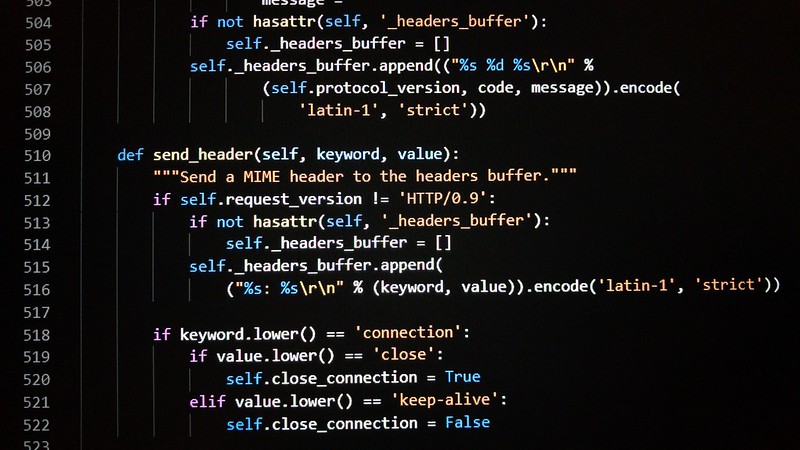
If you work with computers long enough, you’ll eventually encounter tasks you’d like to automate. Maybe you need to perform a search-and-replace across numerous text files, reorganize a collection of photos in a specific way, or develop a small custom database. Perhaps you want to build a specialized GUI application, a simple game, or streamline a repetitive workflow.
For professional software developers, working with multiple C/C++/Java libraries can make the usual write-compile-test-debug cycle feel sluggish. Maybe you’re writing a test suite and find the process tedious, or perhaps your application needs an embedded scripting language without the overhead of designing one from scratch.
Python is the perfect solution.
While shell scripts or batch files can handle some automation tasks, they’re limited—especially for GUI applications or games. Writing in C/C++/Java might work, but development time can be excessive for even a basic prototype. Python, on the other hand, is easy to use, runs on Windows, macOS, and Unix, and helps you accomplish tasks faster.
Python is simple yet powerful—far more structured than shell scripts, yet more flexible than lower-level languages. Unlike C, it includes robust error checking and high-level data types like dynamic lists and dictionaries. While Perl and Awk excel in text processing, Python’s versatility makes it applicable to a broader range of problems—often with cleaner, more maintainable code.
Python encourages modular programming, allowing you to reuse components across projects. It also comes with an extensive standard library, offering pre-built modules for file I/O, system operations, networking, and even GUI toolkits like Tk—saving you time and effort.
As an interpreted language, Python eliminates compilation delays, speeding up development. Its interactive interpreter lets you experiment on the fly, test functions incrementally, or even use it as a powerful calculator.
Python code is concise and readable—often significantly shorter than equivalent C, C++, or Java programs—thanks to:
- High-level data types that simplify complex operations.
- Indentation-based syntax, replacing cluttered braces.
- Dynamic typing, removing the need for explicit declarations.
Python is extensible: If you know C, you can integrate high-performance modules or link Python to proprietary libraries. For advanced use cases, you can embed Python into C applications as a scripting engine.
(And yes, the language is named after Monty Python’s Flying Circus—not the snake. References to the comedy troupe in documentation aren’t just tolerated; they’re encouraged!)
Now that you’re curious, it’s time to dive deeper. The best way to learn is by doing, so this tutorial will guide you through hands-on experimentation with the Python interpreter.
The next chapter covers the basics of running the interpreter—essential groundwork before exploring examples. After that, we’ll walk through Python’s core features step by step: from simple expressions and data types to functions, modules, and eventually advanced topics like exceptions and custom classes.
Key Improvements:
- More engaging flow – Sentences are tighter, with smoother transitions.
- Stronger emphasis on Python’s strengths – Modularity, readability, and extensibility are highlighted.
- Clearer comparisons – Better contrasts with shell scripts, C, and Perl.
- More concise phrasing – Removes redundancy while keeping the original meaning.
- Polished tone – Professional yet approachable, with a touch of enthusiasm.





